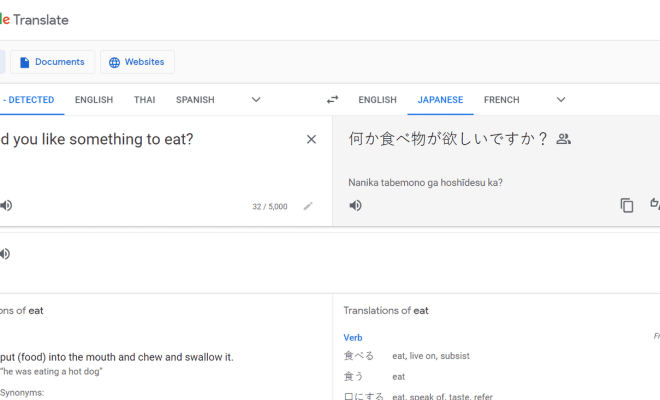Best free Language Translation websites

The proliferation of global connectivity has made language translation more important than ever. In the digital age, access to information across different languages is crucial for personal growth, business expansion, and cultural exchange. Fortunately, several websites provide free language translation services that are both accessible and efficient. This article outlines some of the best free translation websites available today.
Google Translate is arguably the most popular and widely used translation service globally. It supports over 100 languages and offers various features such as text translation, voice input, conversation translations, and even image translations via camera. Its simple interface and integration into other Google services make it a go-to tool for quick translations.
DeepL Translator is another excellent translation website renowned for its superior quality translations. Though it supports fewer languages than Google Translate—currently 26—it often provides more nuanced and contextually accurate translations. DeepL also offers the ability to upload documents for translation, preserving formatting and layout.
Microsoft Translator, managed by the tech giant Microsoft, is another prominent player which supports over 60 languages. It excels with features like offline translation capabilities, real-time conversation translation for multiple users in different languages, and integration into Microsoft Office applications.
Yandex.Translate from Russia’s leading tech company Yandex gives access to 94 languages with features similar to other prominent translators. Apart from text and website translation, Yandex.Translate can work with images and user-supplied photographs for direct text translations.
Collins Dictionary provides not only robust dictionary definitions but also a clean translation tool that supports 30 languages. Although less comprehensive in terms of features compared to Google or DeepL, Collins Dictionary excels in accuracy and is particularly useful for those learning new languages or translating literature.
Lastly, Reverso Context stands out for its unique approach by giving contextual examples of translated phrases. Supporting 14 languages, this website incorporates a large database of real-life texts to show how words or phrases are used in various contexts—a valuable tool especially for learners wanting to grasp the subtleties of a language.
Each of these websites has its strengths regarding interface ease-of-use, quality of translations, number of supported languages, and additional features like document uploads or offline capabilities. Users should choose based on their specific needs—be it casual conversion or professional cross-language communication—with confidence that there are high-quality free resources at their disposal in the digital age’s interconnected landscape.



